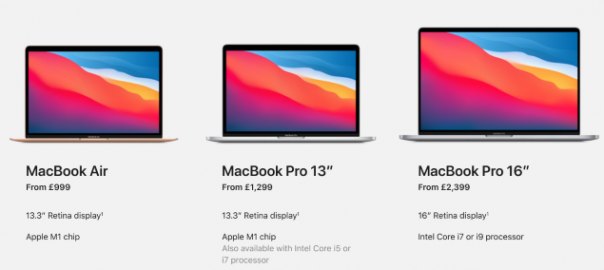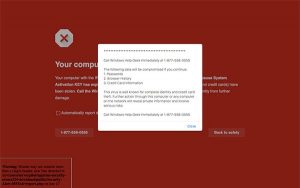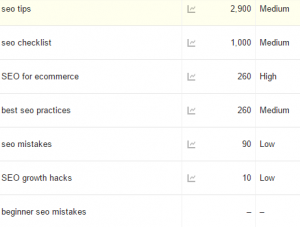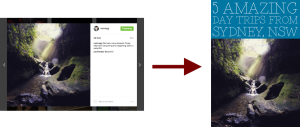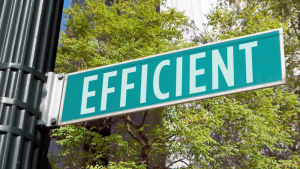Five Facebook Ads strategies for eCommerce brands that turn page visits into product purchases and customers into repeat buyers.
Facebook Ads has put a lot of resources into building a platform for eCommerce brands and online retailers in recent years. While the network has always had a strong reputation for building brand awareness and capturing leads at the early stages of the consumer journey, it’s now a proficient channel for driving product sales. We take a look at some effective eCommerce strategies to help you do just that.
#1: Target ads using Facebook pixel events
A Facebook pixel is essentially the network’s answer to cookies, placing a piece of tracking code on your website. Among other things, you can use this code to track on-site actions for both paid and organic traffic to deliver the most relevant remarketing ads, based on the actionable interests they show on your website.
You can track 17 standard pixel events and create custom events of your own for actions that you want to use as triggers for campaign targeting.
This is a particularly powerful feature for eCommerce brands and many of the standard pixel events are designed specifically for online retailers:
- Add payment info
- Add to basket
- Add to wishlist
- Complete registration
- Find location
- Initiate checkout
- Purchase
- Schedule
- Search
- View content
So, when a user looks at a specific product, searches for a product category or adds a product to their basket, but fails to complete the purchase, you can deliver campaigns with relevant, compelling messages that encourage them to complete your conversion goals.
Pixel events also unlock some of Facebook Ads’ most powerful features:
- Custom Audiences: Automatically create Custom Audiences based on actions that people take on your site or app and target them with relevant ads when they visit Facebook, Instagram and publishers within Audience Network.
- Lookalike Audiences: Reach new people who are likely to be interested in your business because they’re similar to your most valuable existing customers.
- Conversion optimisation: An automated optimisation setting where Facebook delivers your ads to users who are most likely to complete your conversion goals.
- Value optimisation: An automated bid type that optimises for maximum return on ad spend by estimating how much a person may purchase over 1-7 days and prioritising the highest-value prospects.
- Conversion lift: Understand the true value of your ads through randomised test and control groups to determine how much business is being driven online, offline or in mobile apps.
- Facebook Attribution: Attribute purchases and other actions to ads to see the true value of campaigns.
You can find instructions on how to set up a Facebook pixel here.
#2: Run dynamic product ads
Dynamic ads automatically create ads showcasing products that people have already engaged with on your website – eg: product pages views, items added to your basket and the other events we talked about above.

Facebook then pulls the relevant resources from your product catalogue and automatically builds the ad for you – much like shopping ads in Google Ads.
Here’s how Facebook describes dynamic ads:
“Dynamic ads look similar to other ads on Facebook, Instagram, Messenger and the Audience Network. However, instead of individually creating an ad for each of your products, you create an ad template that automatically uses images and details from your data feed for things you’d like to advertise. Dynamic ads use your Facebook pixel or SDK to show ads to people who have already shown interest in your business by taking actions you care about on your site.”
To start using dynamic ads, you need four things in place:
- Install the Facebook pixel on your website
- Link a product catalogue to your account
- Segment/group products into product sets
- Create a dynamic ad campaign
Once your campaign is set up, Facebook will automatically place relevant products into your dynamic ads, based on the content and products your target audiences engage with, including similar or related products from your product sets that might be of interest.
#3: Run discounts & promotions for previous visitors
The aim of remarketing and dynamic ad campaigns is to get previous visitors to buy the products they engage with but failed to purchase on the first visit. Sometimes, though, simply waving the same products in their faces isn’t going to give them the push they need, especially when it comes to more expensive purchases.
In these cases, you might have to sweeten the deal with a little financial incentive, such as a discount or some kind of promotion offer. You’ll often find this is most effective with visitors who repeatedly view the same product page without making the purchase and, even more so, when these are somewhat expensive products that require more financial commitment.
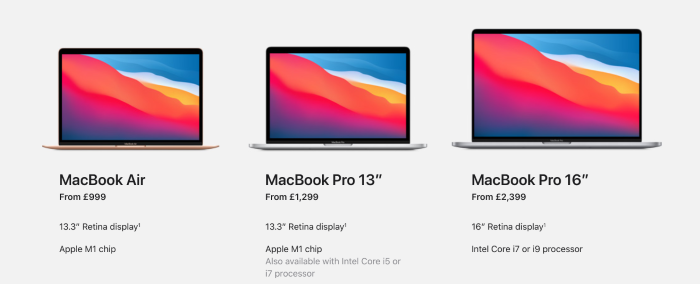
So you might want to create a campaign for visitors who view products worth £500 or more, say, five times or more and include a discount code. Make it clear that this offer will only last for a short period of time to really build up the incentive and encourage visitors to buy now, while they can.
You don’t need to manually create all of these campaigns yourself either. Once again, you can create a dynamic ad campaign to automatically include the relevant products for you and, then, add an offer to incentivise repeat visitors – for example, a 5% discount code.
#4: Run cross-selling & upselling campaigns
A lot of eCommerce advertisers think of Facebook as a place to reach new audiences and customers but you can also use the platform to re-engage your existing customers and drive additional purchases.
With Facebook remarketing, you can specifically target people who have previously bought from you (using the purchase pixel event) and create two crucial campaign types for eCommerce customers:
- Cross-selling: Campaigns promoting similar, related products to the ones your customers have already bought.
- Upselling: Campaigns promoting more expensive products to the ones existing customers have bought.
Basically, cross-selling campaigns aim to increase the quantity of purchases from your existing customers by tempting them with products you think they have a valid interest in. So, if a customer has bought a computer desk from you in the past, you might tempt them with an ad featuring desk lamps, comfy chairs and other products that could improve their workspace further.
Upselling campaigns, on the other hand, specifically aim to increase the value of customer purchase by encouraging them to buy more expensive products than the ones they have previously. For example, you might have a group of customers who bought £1,000 TVs from you within the past 3-6 years and target them with ads only featuring TVs worth £2,000 or more.
In fact, upselling campaigns are especially effective for technology purchases and other eCommerce products where there’s a constant pressure to upgrade and buy the best thing currently available.
#5: Optimise the post-click experience
It doesn’t matter how good your Facebook Ads campaigns are if the experience on your website falls short of expectations. This is particularly challenging for eCommerce websites where you might have a complex site structure and navigation, tonnes of product images and JavaScript animations putting strain on the browser.
Loading times are likely to be your biggest problem and multiple studies have shown slow page speed to be the biggest conversion killer – so get your loading times in order first.
As important as loading times are, they’re not the only factor affecting conversion rates and you can find problematic stages of the purchase/checkout process by using the Facebook pixel. Look out for patterns where prospects are visiting checkout pages but not completing the purchase, adding products to their basket but not checking out or interacting with product pages but not adding them to their basket.
Optimise each key stage of the purchase process to ensure product descriptions are compelling, CTA buttons are performing and remove conversion barriers from the checkout to prevent unnecessary dropouts.
Digital & Social Articles on Business 2 Community
(68)
